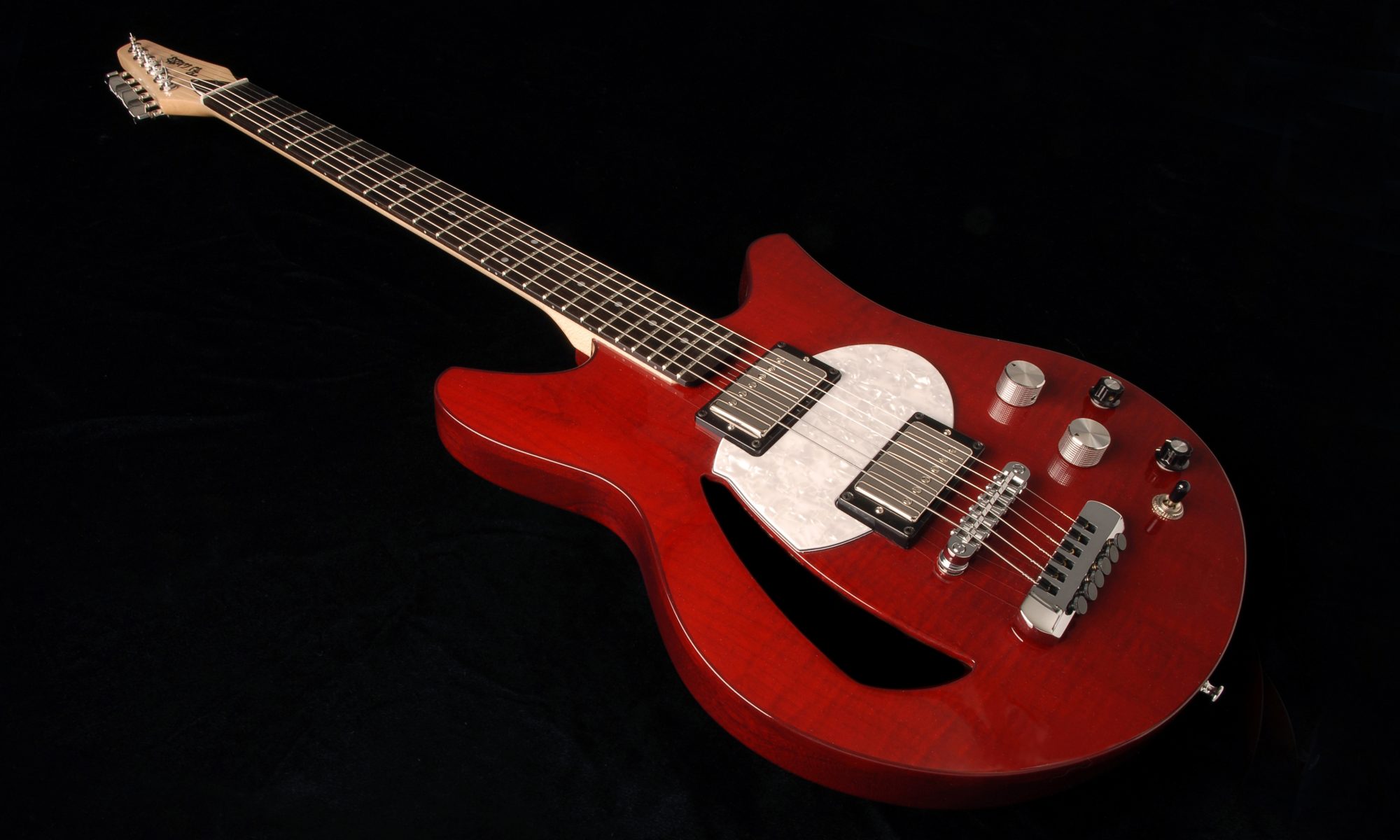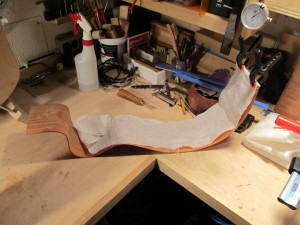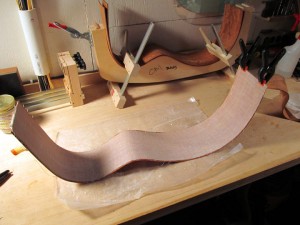Stradivarius
When I was young, I remember occasionally reading articles that were concerned with great philosophical matters, i.e. what made Stradivarius violins so exceptional. Antonio Stradivari, the Cremonese luthier, who made his instruments primarily between 1660 and 1730, is still considered THE master builder of violins all these centuries later. Scientists and craftsmen alike considered whether there was something specific to his choice of materials that accounted for his superior instruments, or was it the varnish he used? Was it the glue? What could account for their extraordinariness? Though this debate still goes on to some extent, those who believed in the varnish and glue theories have pretty much fallen away. About a dozen years ago, I recall reading yet another article on this topic, and I will paraphrase the author’s conclusion as, it’s the wood stupid.
Clearly Stradivari was a master builder and craftsman, but that alone doesn’t get you to the mountain top, so to speak. In all my years of machining wood, building furniture and cabinets, and applying chemical finishes to these projects, I could never accept the notion that choice of glues could significantly account for acoustical differences, and there was no way that any varnish could color the tonality of the instrument unless it was applied with a hand trowel and built to heavy thickness. The only thing that made sense to me was, “it’s the wood stupid.” Not all wood is created equal, which seems obvious enough, but the author of the article proclaiming the superiority of the wood went back into the climatic past to cull temperature records and growth conditions for the time frame of Stradivari.
It is a tenet among woodworkers that the best, most stable wood comes from trees that grow very slowly in relatively cold climates, and which is not harvested until the tree is well into maturity. Alpine maple and spruce trees that grew slowly and consistently at higher elevations throughout the colder climate of the early to middle decades of the 17th century in northern Italy might fit the bill nicely, as they would not be ready to be harvested until the 1650’s onward. On top of that, though, there would still have to be a smidgen of luck. One maple or spruce tree from that environment would not necessarily have the same characteristics, for building purposes, as the same species of tree growing up 200 feet away. Each tree is unique, and it’s quite possible that Stradivari purchased the one or two trees that were, perhaps, unexpectedly exceptional, and from which he produced all the instruments he ever made. Who knows?
I do know that much of any woodworker’s existence is trying to figure out how to deal with wood’s peculiarities and inconsistencies. Wood is an organic material, and as such it carries the vagaries of growth brought about by climate and soil conditions – too much/little moisture, too much/little sunshine, right/wrong mineral composition in the soil, resistance to pestilence. All of this is hidden within until the wood is cut and exposed to view. Even then, other peculiarities only become apparent as the wood is machined. More often than not, something “goes wrong” during the long process of making/building. This is as true in luthiery as in furniture and cabinet making. One has to get good at problem solving, because the words “now what?” come up more often than not. It often seems like you are in battle with a piece of wood and desperately trying to “outsmart” it. Every maker of things knows that nothing you’ve done is successful until proved so by the passage of time (perhaps Stradivari’s greatest achievement). A lot of work can go into something that is ultimately a failure, but it is also true that it makes no sense to give up on a project at the first sign of trouble. Trouble is the constant state. Success is the elusive state, which often seems more so the closer you get to it.
The pictures above show the bent sides/ribs of a guitar I’m building. The wood is Pau Rosa, which is an African hardwood with a variegated pink and red color. I found some with an almost perfectly vertical quarter-sawn grain and sliced it to workable thickness for side bending. The wood bent easily, but after I pulled it from the pressing form, multiple cracks along the grain appeared – essentially leaving the wood split longitudinally. I could have scrapped the two pieces and bent new ones, but who is to say the same thing wouldn’t have happened again? Either out of plain cussed stinginess, or years of dealing with wood adversity, I decided to try to salvage these pieces. I glued everything back together as best I could, and decided that it might be beneficial if I could glue a “web” overlay on the inside of the ribs to help keep it from splitting again in the future. I chose some linen, which has a relatively open weave, but a very strong fiber, for the job. The sides of a guitar do not really have an effect on the overall sound of the instrument – they’re there primarily to create the depth needed for the sound box – so I’m thinking that this is a workable solution. Unless more cracks appear shortly, in which case I’ll have to come up with a different solution, I won’t know if this was a good idea until I get to the end. Time will tell.


